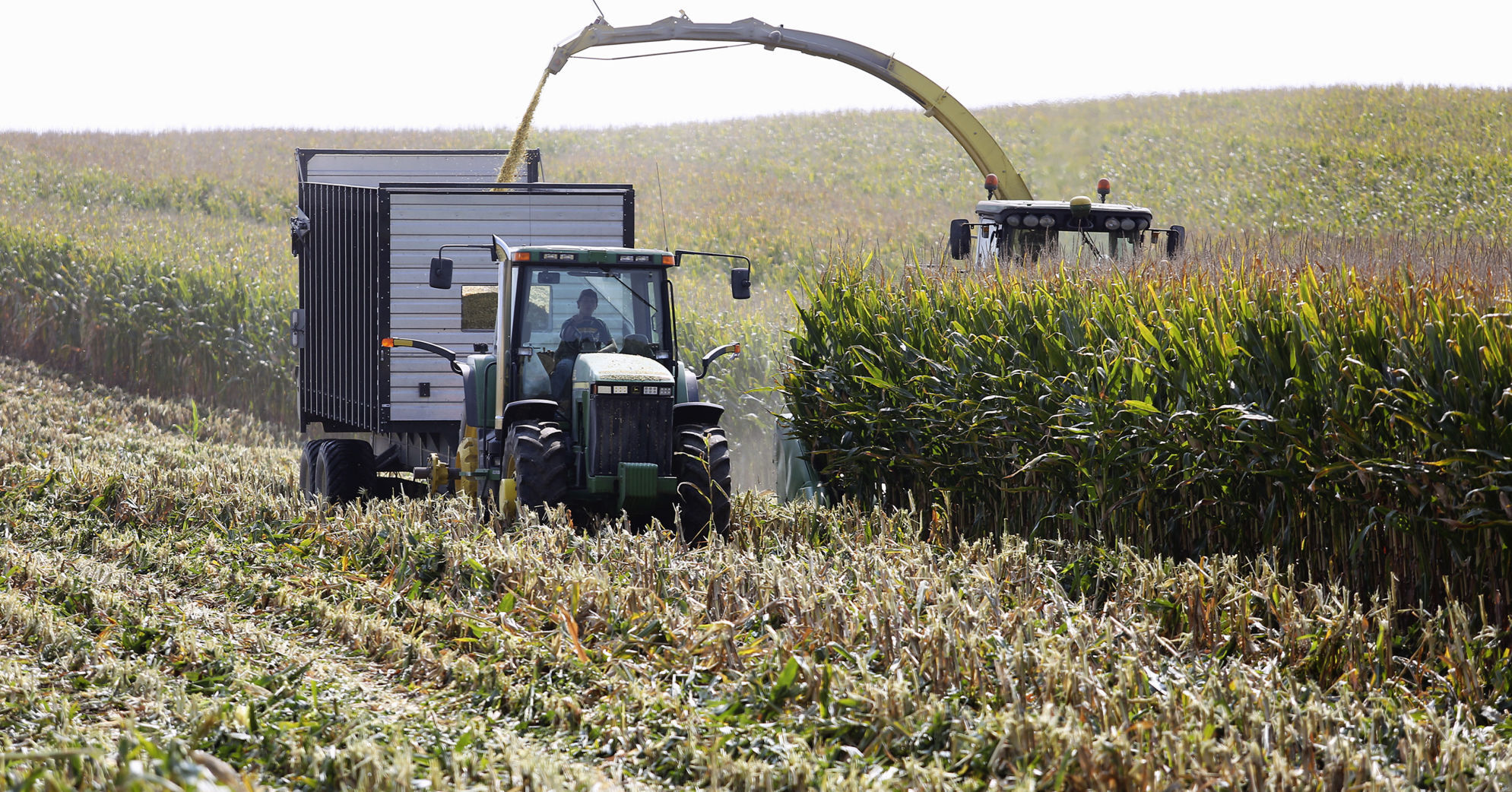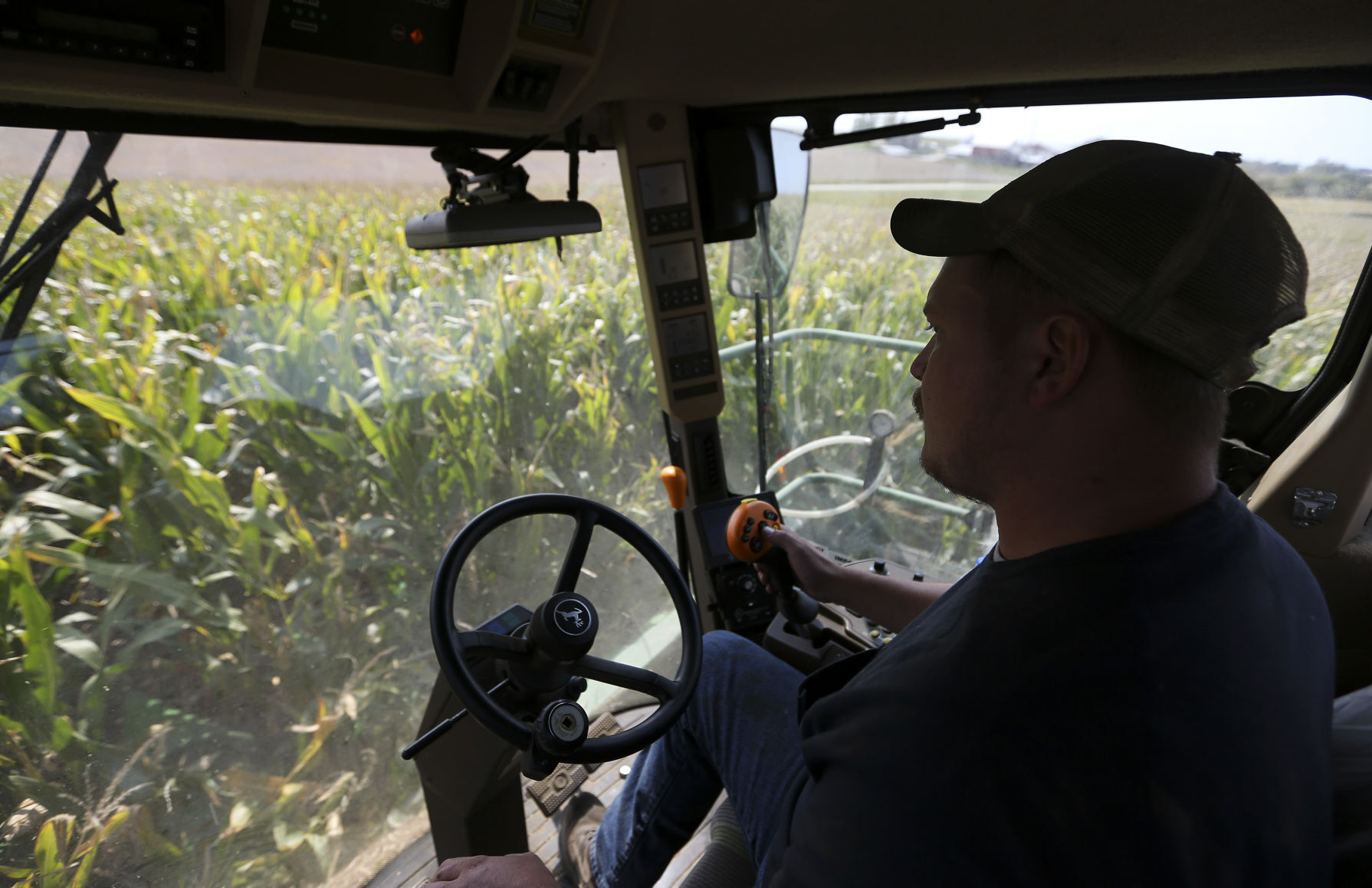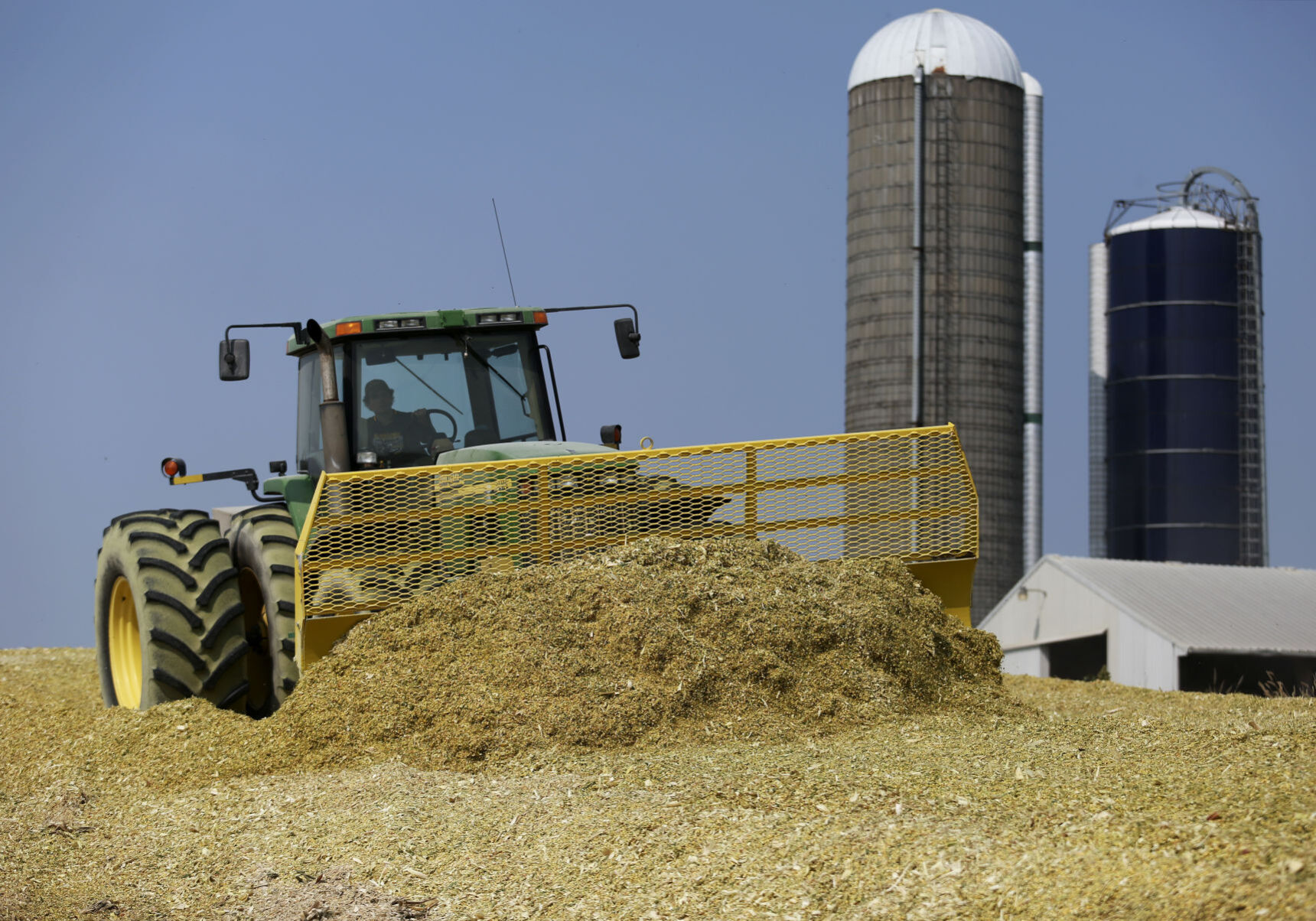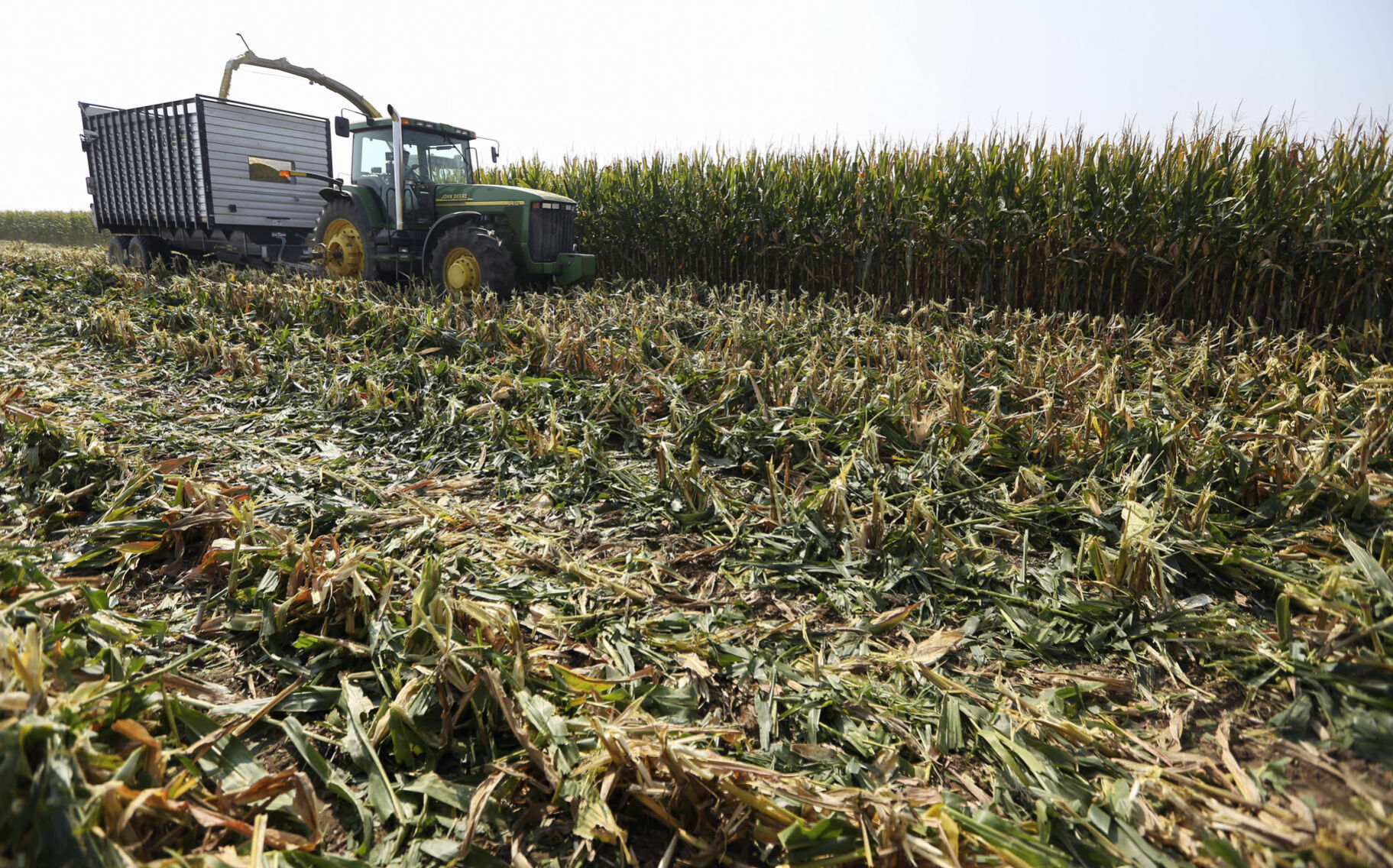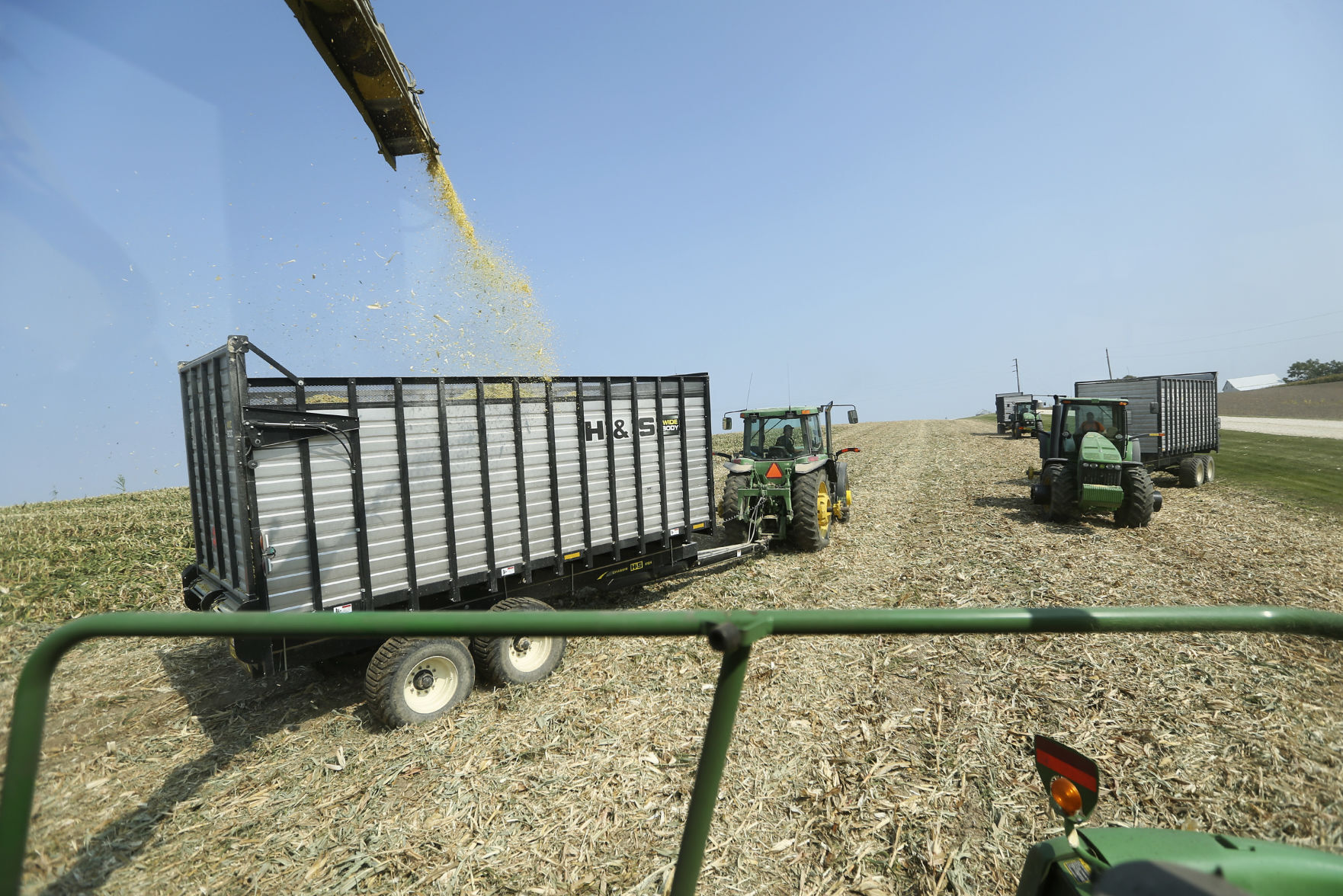For area farmers, the past few years largely have been defined by the troubles they have faced: prolonged trade wars, uncooperative weather and, most recently, depressed markets related to the COVID-19 pandemic.
But those in the agriculture industry are enjoying some good news as fall gets underway.
Dubuque County Farm Bureau President Craig Recker said weather conditions have allowed area farmers to commence harvest earlier than in recent years.
Meanwhile, the recent announcement of a second round of farm-focused COVID-19 support will ease the financial burdens that farmers have faced in recent months.
“It’s not going to make us whole, but it will definitely help out,” said Recker. “It will soften the blow a bit.”
The federal government last week announced it will give farmers an additional $14 billion to compensate them for the difficulties they have encountered during the pandemic. Farmers can sign up for the aid through Dec. 11.
Corn, soybeans, eggs, milk, beef cattle and pigs are all among the products covered through the program.
Following the announcement of the additional aid, many framed the move as an attempt by President Donald Trump to shore up support in agricultural-heavy states key to his re-election.
“We are fortunate it’s an election year,” Recker said. “I’m betting if it was not, we wouldn’t be getting anything.”
Annette Eggers, manager of Jo Daviess County (Ill.) Farm Bureau, said farmers in northwest Illinois weren’t expecting the extra support. But she emphasized that it certainly won’t hurt.
“I think they were hoping for it but honestly really surprised that it came through,” she said. “This is much- needed relief.”
WEATHERING THE STORM
Damage to Iowa farms has garnered headlines following the derecho that tore through the state in mid-August.
Dubuque County and some neighboring counties largely sidestepped the worst of the storm. In fact, Mother Nature has been more kind to tri-state farmers this year than in years past.
Recker said he and his crews are beginning to harvest some of the crops on his property. Unlike previous years, farmers aren’t contending with mud-ridden fields that make conducting such work next to impossible.
“Harvest should go a lot smoother than it has the past three years,” Recker said.
Crop producers also are cautiously optimistic that the markets for these harvested crops will be a little better than in previous years.
Trade tensions with China have softened since this time last year, meaning there should be more international demand for locally produced crops.
“That hurt us last year,” Recker said. “Now, (trade relations) have turned the corner, and they are starting to purchase some products.”
PANDEMIC IMPACT
The COVID-19 pandemic hit local farmers on multiple fronts this year, disrupting the labor market, interfering with supply chains and affecting the prices that producers could fetch for their products.
Eggers noted that many people were staying home from work in the spring, leading to a temporary labor shortage that impacted local crops.
“This happened right as people were trying to get their crops sprayed, and it made it really hard to get that done in a timely manner,” she said.
The spread of COVID-19 in multiple meatpacking facilities led to further disruptions, ultimately leaving cattle producers with fewer options for selling their product. Recker said this exacerbated meat producers’ existing difficulties to get a fair price for their cattle.
In a sense, that has been the general theme of recent months.
“The farm economy was tough anyway, and the pandemic heightened those challenges,” Eggers explained.
This marks the second round of federal aid provided, after a $19 billion assistance program in April.
After some hiccups with the initial round, Recker believes it will be easier for farmers to access the aid this time around.
“The first time, there were a lot of stipulations,” he said. “This one is pretty cut and dried, and it should be a lot easier to apply for.”


